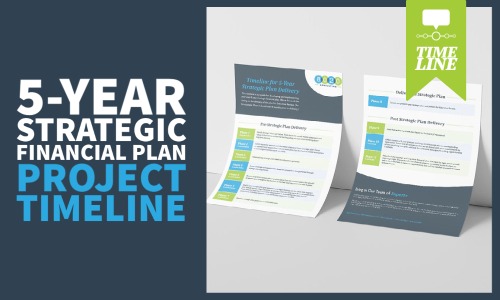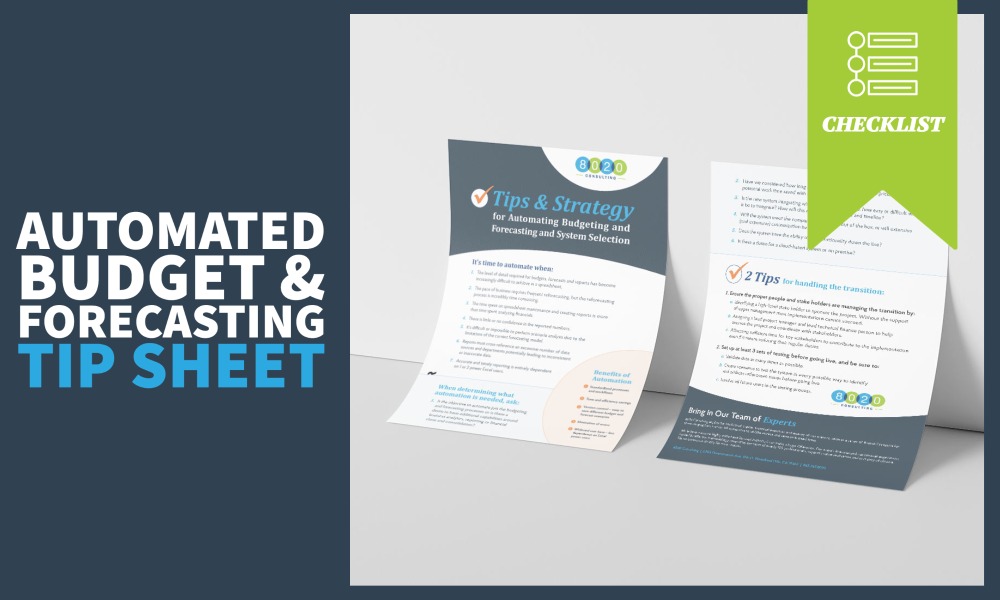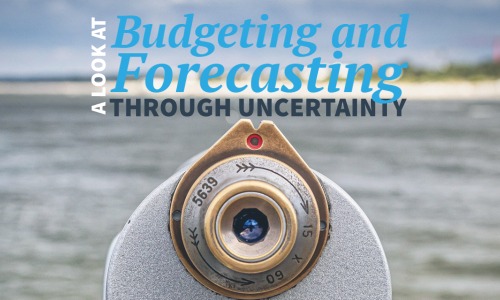Financial Planning & Analysis is a wide discipline that covers budgeting, forecasting, analysis and planning to support businesses. Effective FP&A can drive significant business impact, but what drives effective FP&A? I believe companies with best-in-class FP&A functions center their approach on three key principles: philosophy of budgeting, participation and involvement, and impact. These principles set the foundation for frameworks that can drive businesses upward and onward.
Effective FP&A and the Philosophy of Budgeting
Let’s start with philosophy and its impact on effective FP&A. Budgeting can be done in a variety of ways, but a general target needs to be set first.
I have seen companies budget in three different fashions:
- They set a hardline, make-or-break target. If the team doesn’t meet or exceed the budget, it feels like they might not be there for next year’s budget.
- They set a reasonable target. They work together and come up with a reasonable scenario that is most likely achievable and realistic.
- They have a stretch target that may not be achievable but will propel the company and the team to higher levels than what otherwise might be accomplished. In this case, it’s important to set expectations and align incentives early, so that the team has a proper mindset.
A company needs to really understand the goals and then manage their incentives around them. Each of the approaches has costs and benefits, so the team must consider and weight each cost and benefit as they work through a budget process. Personally, I am a fan of the stretch target propelling companies forward to new levels of growth and success. However, even the stretch target may discourage a team who doesn’t believe it is possible, so the incentives must tie a large bonus to the target and a reasonable bonus even below the target. Some of this is an iterative process, but considering the philosophy at the outset helps confirm a path forward.
Participation and Involvement Begets Effective FP&A
The second principle of effective FP&A is the participation and involvement of the overall team. Budgets and forecasts are often managed by the finance team. However, I have seen cases where too little involvement from the rest of the company results in less useful processes and structures. For example, a VP of Sales told the CFO at one of my companies that the budget contained the CFO’s and his team’s goals—not the VP’s or his team’s goals. Ouch. That was a large misalignment particularly in the tough times of the Great Recession.
For a proper process, the finance team must work hand in hand – and line by line – with the responsible parties. Each line on the income statement must have an owner: the buck stops with this person or that person, or it stops with no one. Everyone must understand and agree with the projections and work to compile a budget. The icing on the cake added by the finance team is making sure that the projections are reasonable and achievable.
For example, there was always a significant demand for engineers during my time with Panasonic Avionics. I would work with the engineering leaders, and they would compile a hiring budget that centered on hiring 20 people a month for the next 6 months. So I would ask:
“But you have added 40 total in the past six months. What is going to change for you to triple your hiring rate?”
Because I also had financial responsibility for the Human Resources department, I knew the HR team wasn’t going to add recruiters. I would counsel the engineering leaders to also realize some employees would leave, and we had to get to a reasonable forecast for net headcount growth. That target became a net increase of seven people per month, which worked out on average to be remarkably accurate. Perhaps a long story, but it shows the interaction necessary across multiple personnel to develop accurate inputs.
Learn More in This Related Content
Effective FP&A Drives Measurable Impact
Impact is the last (but not least) part of budgeting and forecasting, and it’s where the rubber meets the road. I’d like to share several examples here of the impact of Financial Planning & Analysis.
First, there was an action taken unilaterally at a major partner of Panasonic Avionics, and the initial impact was forecasted to be additional cost of $20M. There was no way around the change, but this presented a great opportunity to push the team to adjust their approach to minimize the impact and consider new ways of thinking. Leadership pushed over and over that each cost increase was too much, until the team presented an approach with $2M of impact. That one was the winner.
At Hawker Beechcraft, an aircraft manufacturer, the business was significantly challenged by the Great Recession. With the structure to build 750 aircraft annually, a volume drop of half is a major structural impact. I led finance for a project that was tasked with reducing $200M in cost out of the business on an annual basis. As we worked through various initiatives, it was important to accurately measure, forecast and achieve savings in a disciplined manner. I had to work with personnel wanting to claim savings for having finance stop paying an expense and then having HR pay for the expense. One division also claimed a savings for laying off three people—even as another division hired them back. That was a good win for the affected employees, but it didn’t impact the cost profile of the company. Unfortunately, the company took on more than it could achieve, despite its best efforts, and ended up in bankruptcy.
Last was the cash forecast at Ardmore Home Design. As COVID hit, I started the process of scenario planning and ensuring our access to cash. It was a receipts-and-disbursements process to track all activity at a detailed level. That process, along with switching banks to gain access to a Paycheck Protection Program loan and a 100% increase in our credit line, put us into a great starting position. As our sales took off in the following months, the cash forecast timed our available cash for a warehouse/office space investment to double our space in the City of Industry, the purchase of a Dallas showroom and an expansion of our Atlanta trade show space.
Learn More About Improving Your FP&A
These examples hopefully show the power of Financial Planning & Analysis and the impact it can have with the right philosophy and investment from the team. Now is a great time to get started planning for 2022 and beyond. If you’d like to leverage our team to support your FP&A objectives, reach out to us! We’d be happy to help.
You can also learn more about the process of financial forecasting by downloading our free guide:

About the Author
Bob has 25 years of finance and accounting leadership experience serving companies from the Fortune 500 to the middle market. Prior to 8020 Consulting, Bob led finance and accounting as the Vice President of Finance for Ardmore Home Design, a high growth wholesale luxury furniture company. He has leadership experience with TechnipFMC (oil and gas equipment and technology), Panasonic (in-flight entertainment and communication), Hawker Beechcraft (general aviation) and Ford Motor Company. Bob also worked with the CapAnalysis Group as a litigation consultant supporting attorneys and clients with finance, accounting and economic analysis. Bob holds an MBA in Finance and Accounting from the Ross School of Business at the University of Michigan and a B.S. in Economics from the W.P. Carey School of Business at Arizona State University.








